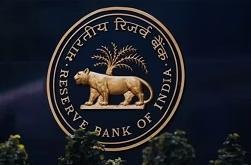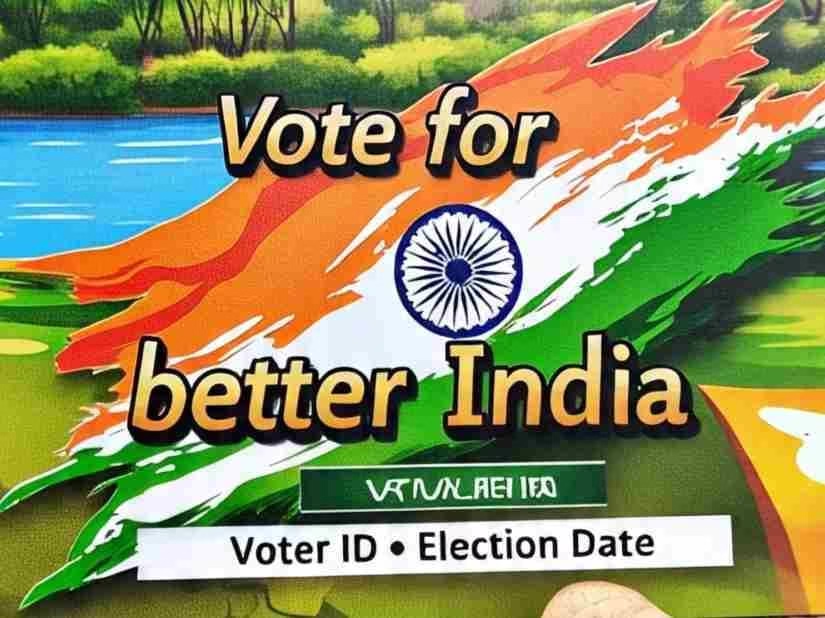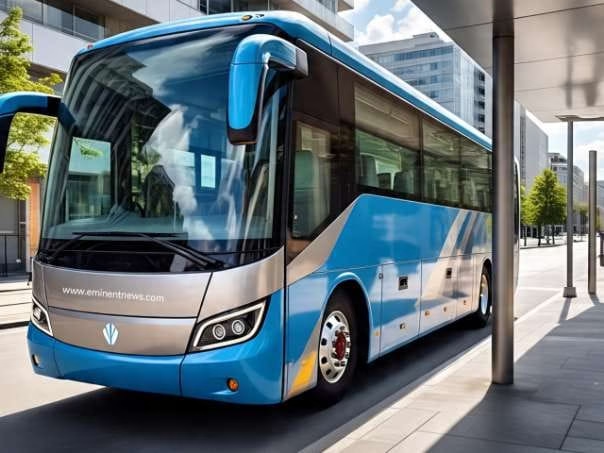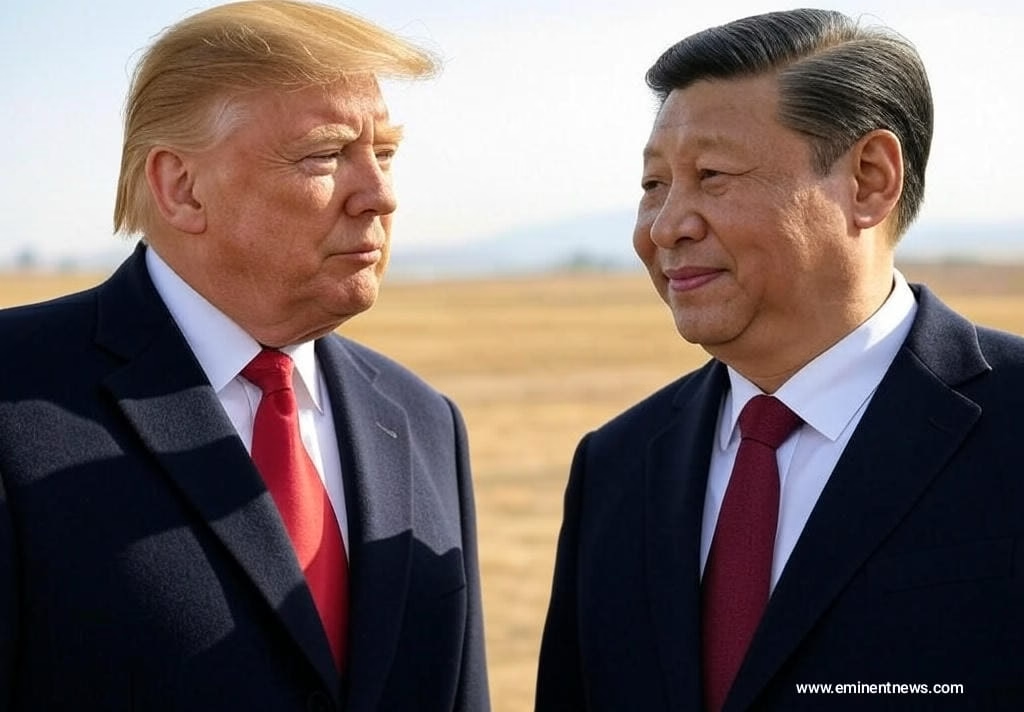GST e-invoicing, or electronic invoicing, is a system where B2B (business-to-business) invoices and export invoices are reported to the government’s Invoice Registration Portal (IRP) for validation . Here’s a detailed overview:
Framework of GST
The Goods and Services Tax (GST) e-invoicing framework in India is a system where business-to-business (B2B) invoices are electronically authenticated by the government for use . Here’s a detailed overview:
- Overview: GST e-invoicing involves reporting B2B and export invoices to the government’s Invoice Registration Portal (IRP) . The IRP validates the invoice and assigns a unique Invoice Reference Number (IRN) along with a QR code . A GST invoice is legally valid only if it contains a valid IRN .
- Implementation:
- Approved in the 37th GST Council meeting on September 20, 2019 .
- Rolled out in a phased manner starting October 2020 for businesses with an Annual Aggregate Turnover (AATO) above ₹500 crore .
- Extended in January 2021 to businesses with AATO between ₹100 crore and ₹500 crore .
- Benefits:
- Automation and Efficiency: Invoice details are auto-populated into GST return forms and e-way bills, reducing time and manual effort . It minimizes disputes and processing costs by ensuring digital storage of all forms and improves payment cycles, enhancing overall business efficiency .
- Standardization and Interoperability: It uses a digitally verifiable e-invoice format based on international standards (UBL/PEPPOL), ensures machine readability and uniform interpretation across different platforms, and allows taxpayers to seamlessly switch between different portals .
- Fraud Prevention and Compliance: It reduces fraudulent transactions by providing real-time access to data for tax authorities and helps in curbing tax evasion and malpractice, leading to greater transparency .
- Applicability
- As of April 1, 2025, businesses with an Annual Aggregate Turnover (AATO) of ₹10 crore and above must report e-invoices to the Invoice Registration Portal (IRP) within 30 days of issuance .
- This was previously applicable to businesses with AATO above ₹100 crore .
- Exemptions:
- Special Economic Zone (SEZ) units
- Insurance and banking sectors, including NBFCs
- Multiplex cinema admissions
- Goods transport agencies (road transport)
- Passenger transport services
- Key changes from April 1, 2025:
- Mandatory 30-Day Deadline: Businesses with ₹10 crore+ turnover must report invoices within 30 days .
- Compulsory Two-Factor Authentication (2FA): All taxpayers, regardless of turnover, must use Two-Factor Authentication (2FA) for e-invoice and e-way bill generation .
- E-Invoicing Process :
- Taxpayers generate invoices using their own accounting/billing/ERP systems.
- The invoices are reported to the Invoice Registration Portal (IRP).
- The IRP validates the invoice and assigns a Unique Invoice Reference Number (IRN) along with a QR code.
- A GST invoice is legally valid only if it contains a valid IRN.
benefits of using GST e-invoicing :
The benefits of using GST e-invoicing are:
- Improved Efficiency:
- Automation: e-Invoicing automates invoice data reconciliation, minimizing errors and discrepancies .
- Reduced manual work: Eliminates the need for manual data entry while filing GST returns .
- Standardization: Ensures interoperability and reduces data entry errors due to its standardized format .
- Real-time Tracking:
- Real-time monitoring: Enables real-time tracking of invoices by tax authorities, reducing the scope for manipulation and fraud .
- Reduced Errors and Disputes:
- Minimized errors: e-Invoicing minimizes data entry errors and reconciliation issues, leading to fewer disputes .
- Better Transparency: Enhances transparency in the invoicing process, fostering trust between businesses and stakeholders .
- Cost Reduction:
- Reduced operational costs: Lowers operational costs associated with manual invoicing processes, such as printing and postage .
- Enhanced Compliance:
- Improved compliance: Facilitates better compliance with GST laws and regulations, reducing the risk of penalties .
- Better ITC Reconciliation:
- Easier reconciliation: Simplifies the process of Input Tax Credit (ITC) reconciliation, ensuring accurate and timely claims .
- Digitization:
- Digital transformation: Encourages the adoption of digital technologies, promoting a paperless and sustainable business environment .
- Fraud Reduction:
- Fraud prevention: Helps in curbing tax evasion and fraudulent activities by providing real-time access to invoice data .
- Time Savings:
- Faster processing: Accelerates invoice processing and payment cycles, improving cash flow management .
- Standardization & Interoperability:
- Standardized format: It follows a standardized format (GSTINV-1) which makes it interoperable across different systems .
- Global compatibility: The format is based on international standards which makes it globally compatible .
- Automatic Data Reporting:
- Auto-reporting to GST portal: e-Invoices get automatically reported to the GST portal, reducing the chances of data entry errors .
- Auto-generation of e-way bill: With e-invoice, generation of e-way bill becomes easier .

























